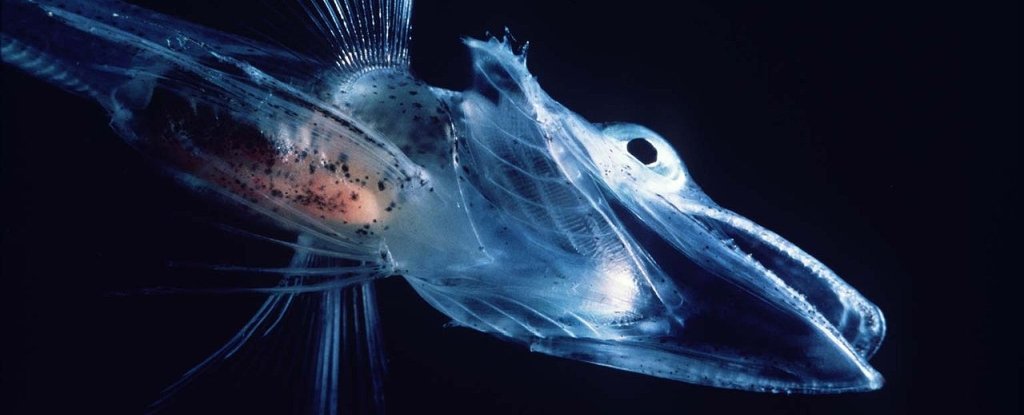Talk about icewater in one’s veins. The ghoulish-looking Antarctic blackfin icefish has no functioning red blood cells and instead produces antifreeze glycoproteins that lower its internal freezing temperature.
The little fish just keeps swimming around in the dark frigid waters, well below 32 degrees Fahrenheit, thanks to the massive heart the translucent fish evolved over time, ScienceAlert reports.
Between 10-14 million years ago the harsh Antarctic waters spawned the adaptations the fish now use to stay alive without working red blood cells. Thanks to the recent mapping of the fish’s genome, scientists now know why.
“Our results show that genes involved in protection from ice damage, including genes encoding antifreeze glycoprotein and zona pellucida [egg] proteins, are highly expanded in the icefish genome,” the paper, recently published in Nature Ecology & Evolution, explains. “Furthermore, genes that encode enzymes that help to control cellular redox state… are expanded, probably as evolutionary adaptations to the relatively high concentration of oxygen dissolved in cold Antarctic waters.”
Happy #Halloween! This ghoulish Antarctic icefish doesn’t have any red blood cells but has antifreeze in its plasma! pic.twitter.com/L7TmXMi3uu
— Antarctic Survey (@BAS_News) October 31, 2014
The antifreeze proteins protect the fish’s tissue from crystalizing while the ice-resistant zona pellucida proteins help to keep their babies safe. The paper states that the blackfin icefish genome will “accelerate our understanding of adaptation to extreme Antarctic environments.”
Thanks for reading InsideHook. Sign up for our daily newsletter and be in the know.


















